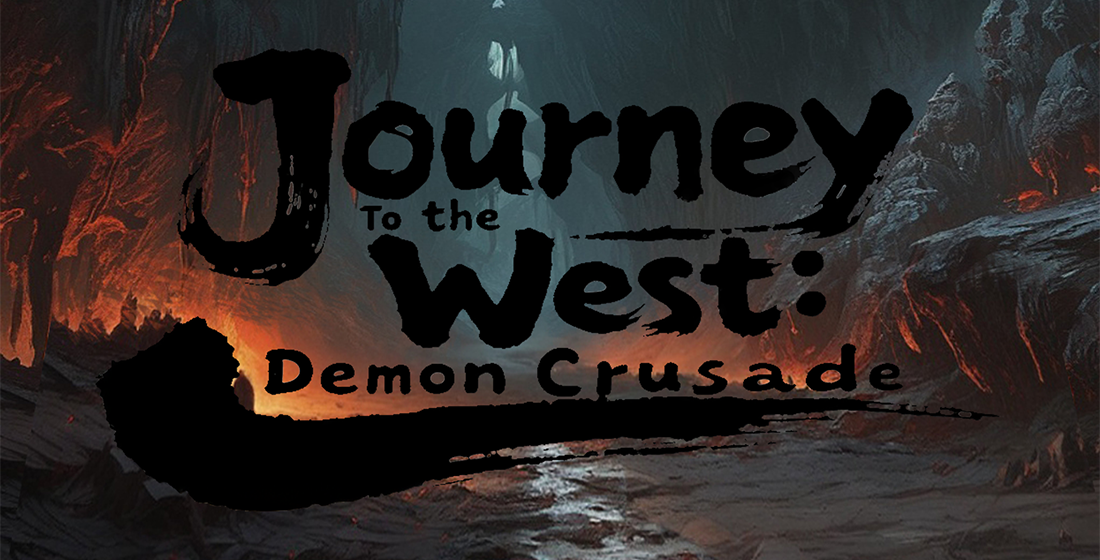From Strategy to Incremental: How Games Evolve to Engage Players
Games have come a long way since their inception, evolving through different genres and styles. The transformation from strategy games to incremental games reflects changing player preferences and advancements in technology. This article dissects that evolution, looks at RPGs like Mario, and even touches upon intriguing elements like the former kingdom of Provence. Buckle up as we navigate this dynamic landscape!
The Rise of Strategy Games
Strategy games have shaped the gaming industry, building engagement through tactical challenges and resource management. Popular titles like Age of Empires and Civilization introduced players to complex decision-making processes that require foresight and planning. Players stepped into worlds where every move has a consequence, making strategy games a staple for individuals seeking mental stimulation.
What Defines Incremental Games?
Incremental games, often termed "clickers," shifted the focus from strategic depth to gradual progression. Here, the player’s incremental successes reward persistence, offering a rewarding loop that keeps players hooked. Titles like Cookie Clicker and Adventure Capitalist exemplify this genre, where the aim is to achieve high scores by clicking and unlocking upgrades over time. This mechanic makes it more about the journey than the destination.
The Transition: How One Leads to Another
As gaming preferences shifted, developers began merging elements from both genres. Many strategy games incorporated incremental mechanics, creating hybrid experiences that appeal to a broader audience. How do these two seemingly different formats blend? Let’s explore that!
Player Engagement: A Core Aspect
Player engagement isn't just a buzzword; it's a crucial factor in game design. In strategy games, it comes from the challenge of outsmarting opponents and overcoming obstacles. In incremental games, engagement arises from the anticipation of future progress, making each click satisfying. Both formats employ distinct mechanisms to keep players invested.
Feature Comparison Table
| Aspect | Strategy Games | Incremental Games |
|---|---|---|
| Gameplay | Resource management and tactical decision-making | Progress-driven, emphasis on incremental rewards |
| Engagement Style | Complexity and depth | Simplicity and addictive progression |
| Typical Goals | Outsmart opponents, conquer maps | Increase numbers, unlock achievements |
| Common Themes | Historical, fantasy | Abstract, economic simulations |
The Allure of RPGs: Fusing Elements
Role-playing games (RPGs) embrace both strategy and incremental mechanics. For example, RPG Mario games interlace turn-based combat with leveling systems that reward consistent play. Players don’t just strategize; they witness tangible growth of their characters, making engagement feel organic and rewarding.
Emergence of Mobile Gaming
The rise of mobile gaming accelerated the popularity of incremental games. Many players look for quick, accessible entertainment, which incremental games provide. The user-friendly design of these games allows players to engage during short bursts of free time, leading to a captivating experience.
Pros and Cons: Seeing the Bigger Picture
- Pros of Strategy Games:
- Rich narrative experiences
- Deep tactical gameplay
- Competitive multiplayer facets
- Cons of Strategy Games:
- Steep learning curves
- Time-consuming
- Pros of Incremental Games:
- Easy to learn and play
- Highly satisfying progression systems
- Cons of Incremental Games:
- Potentially repetitive gameplay
- Less strategic depth
What Happens Next?
The gaming industry is constantly changing. As we look ahead, developers will likely blur the lines between genres even further. We may see more hybrid games combining the depth of strategy with the rewarding nature of incremental systems, appealing to an even larger audience.
Conclusion: A Future Full of Possibilities
The evolution from strategy to incremental gaming illustrates a larger trend within the gaming world: adaptability. As player preferences shift and technology advances, the need for innovative engagement strategies remains. By understanding these dynamics, developers can harness the best of both worlds, creating experiences that are not just fun but also deeply engaging. The future is bright, and personalization and immersive experiences will be at the forefront of gaming evolution.



